‘Monastic mystery: €1.8m Wexford mansion may have been built on ruins of ancient monastery’. Irish Independent. 26/04/24.
Lore suggests a 10-bedroom home at Coolgreany was once the site of an Augustinian friary.
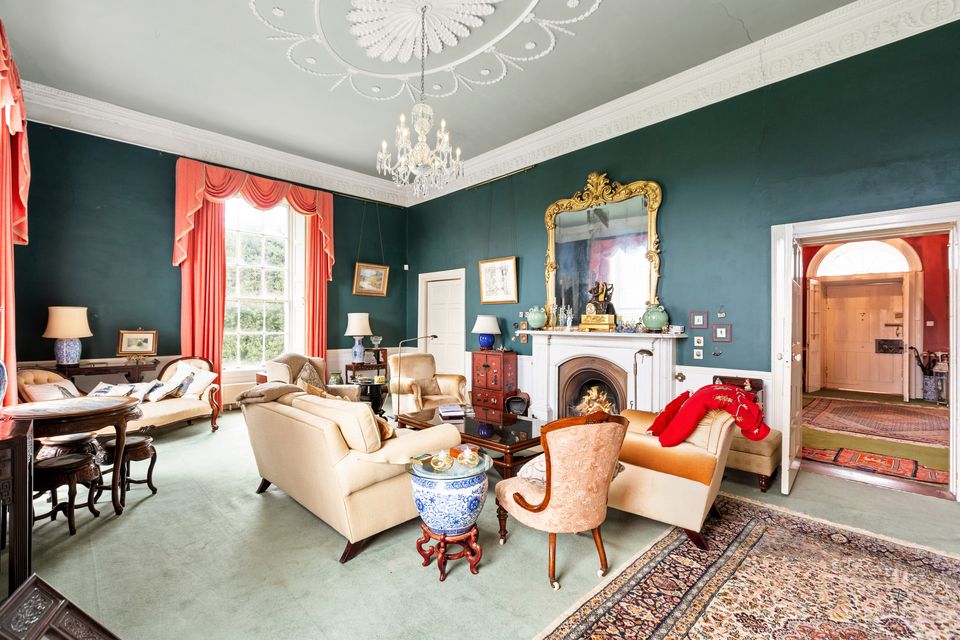
St Austin’s House, Coolgreany, Co Wexford
Asking price: €1.8m (guide)
Agent: QUINN PROPERTY (053) 9480000
It’s not easy to strike a balance between modernity and tradition when you live in a house like St Austin’s, the architectural equivalent of a beloved but eccentric great granduncle.
On one hand, you bear responsibility for a quarter of a millennium of history. On the other, you have to live your life.
Alan and Aine Deacon achieved that delicate balance over the past three decades, raising three children in an 18th century classic of Irish architecture.
The Deacons had been living and working in Hong Kong in the early 1990s, Alan as an accountant and Aine a primary school teacher.
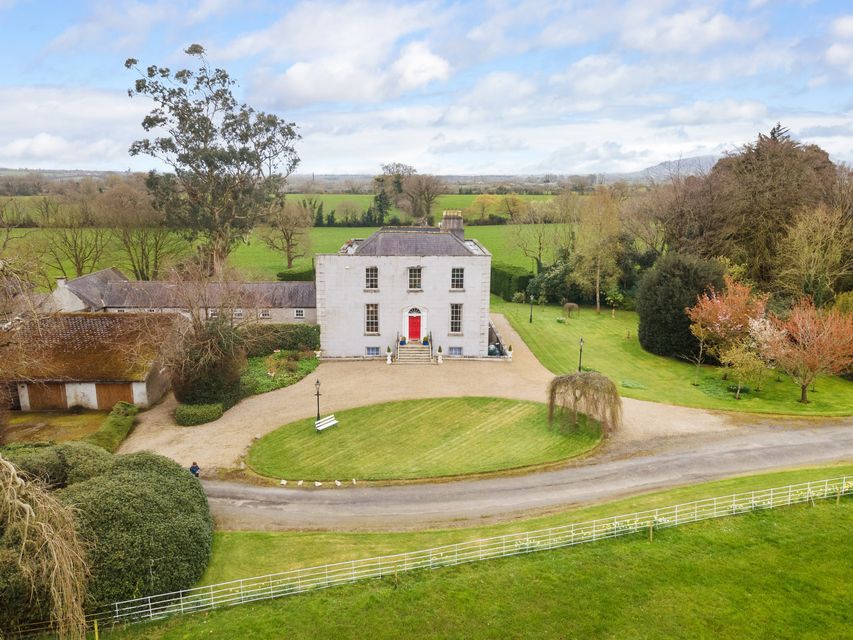
With three children about to graduate primary school, they were keen for them to spend their teenage years back in Aine’s native Wexford.
“We were told about St Austin’s and that the house was in the same family for many generations,” says Alan.
“Aine flew back from Hong Kong, looked around the place for a few hours and then flew back again and said we should buy it. So we did.”
With it came 65 acres of parkland and a cluster of ancient and more recent farm buildings. The house is a detached three-bay, two-storey over ‘part-raised’ basement built in 1763 and considered architecturally significant.
Once part of a much larger estate, it is situated about 7km from Arklow and 9km from Gorey.
There’s also something of a mystery about the house. Historic documents from 1837 assert that it was built on the site of an ancient Augustine monastery and experts at the National Built Heritage Service suggest there is indeed some evidence to back this up.
“The elderly couple who had been living there up until that point had only been living on the ground and first floors for years, and so the basement had been effectively derelict,” says Alan.
The Deacons did a lot of digging. There was an existing moat surrounding the basement of the house which was widened to allow more light in at that level.

Walls were stripped back, where the Deacons discovered brick arches, which they decided to leave exposed and reinforce.
They wanted to reinstate the kitchen at this level of the house, where it would have originally been.
The Deacons had a four-room section of the house ‘hollowed out’, which they dubbed The Chapel. This became the family room and dining area, and has a high vaulted ceiling and exposed brick walls.
“That part of the house would have been four small rooms, of which we broke out two levels and uncovered the brickwork. Aine and I decided immediately that it wasn’t to be covered up again, and that we would use it as a feature. That’s how that happened,” says Alan.
The Deacons broke out to a conservatory off this level too and converted several other rooms into guest bedroom accommodation, where their grandchildren often stay nowadays.
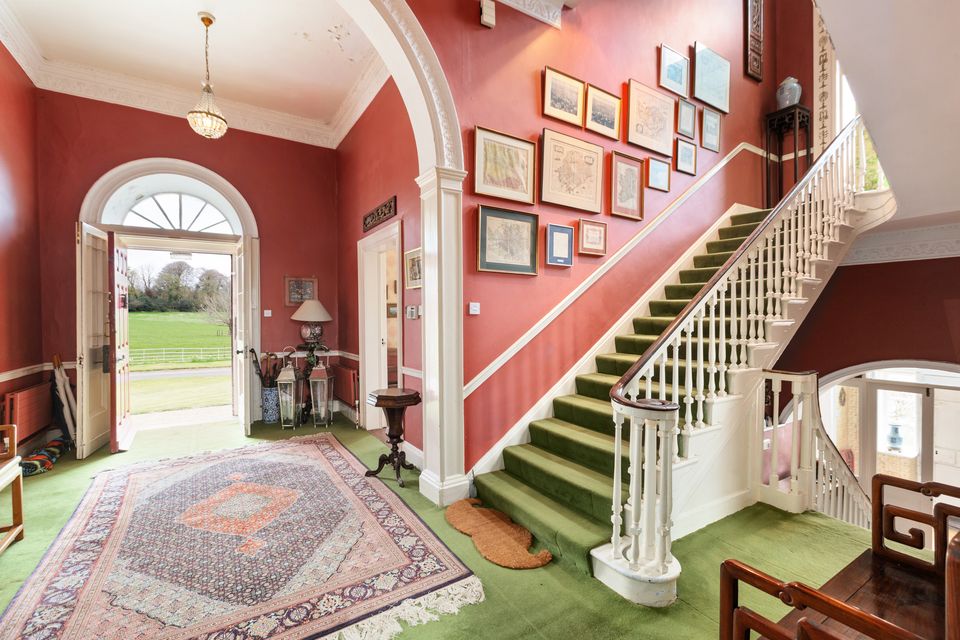
In the kitchen, the brick arches provide atmosphere where the original granite floor flags have been relaid and the brick, made locally in Courtown, has been left exposed.
At this level, there is also two living rooms, a boot room, a scullery, a wine cellar, the utility and a boiler room.
And it is here, at the home’s lowest level, that the exposed masonry shows a marked difference to that above it, perhaps firming up evidence that an eminent older building once stood here.
“We brought some stuff back from Hong Kong and when the house was sold to us, there was also a subsequent contents auction, so we bought quite a bit of furniture and one or two of the mirrors and stuff around the house that would have been quite disruptive to remove,” says Alan.

“Some people are rather shocked when they see that we don’t have frosted windows on it, but the view out is great when you are having a bath.
“We had to replaster the whole house, so over the years, we put quite a bit of money into where it is today.
“You can see six varieties of rhododendrons around the gardens, which all bloom at different months of the year.
“There was a lot of heavy timber trees too. We have planted and restored windbreaks over the years. Nature provides us with enough timber for firewood for ourselves and a lot of local neighbours as well.”
On the first floor, there is a grand entrance hall with restored plasterwork and an elegant archway. There’s an inner hall, a living room, a drawing room, a study and a ‘school’ room. In the living and drawing rooms, there are Adams-style marble chimneypieces.
The second floor has five large bedrooms and three bathrooms. One of the bathrooms is decorated with frescoes.
“We had a girl in a while back to do some stencilling and she did the bathroom like that,” says Alan.
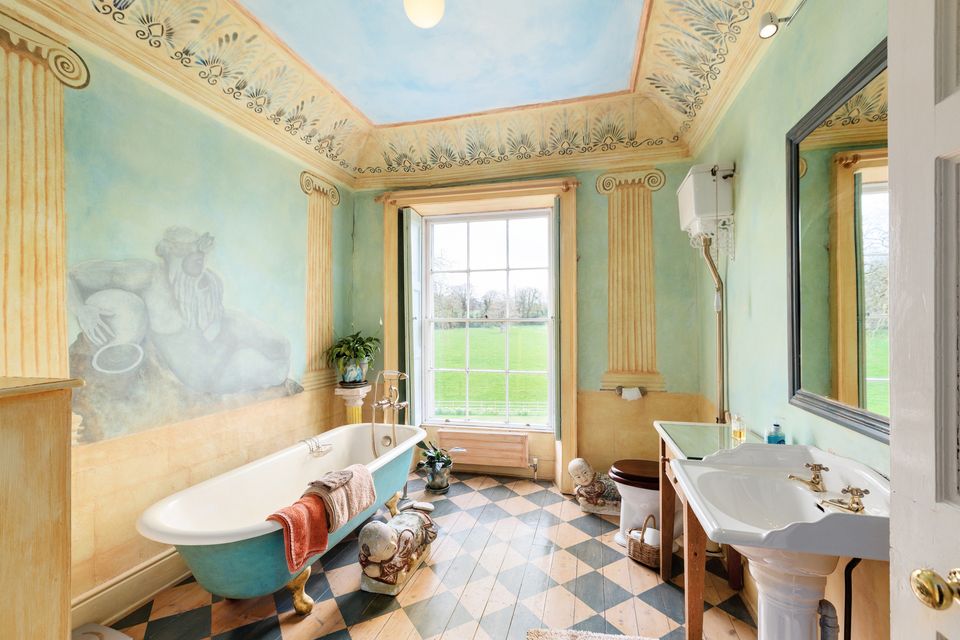
Aine says she will miss the garden most now they are about to move to an apartment in Gorey.
“I’ll miss walking out the doors of the conservatory in the mornings and out into the garden for a walk. Here, we planted lots of trees. If one fell, we planted six,” she says.
Separate to the main house is a ‘guest wing’ with four bedrooms, accessed from the rear courtyard.
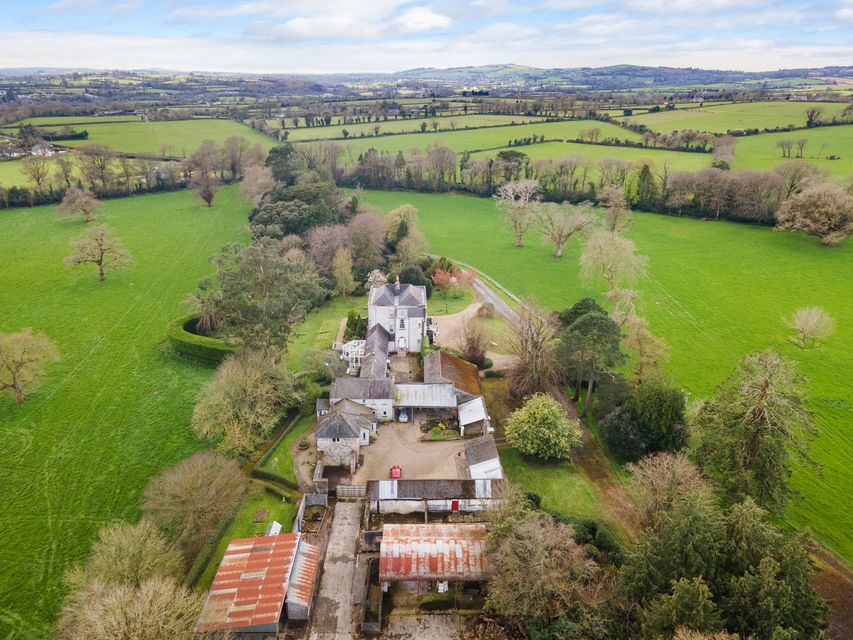
There is a former coach house, which has been converted to a separate three-bedroom residence, plus a number of other outbuildings with obvious development potential.
There are two separate entrances to the property, with a gate lodge at each one. The grounds have a tennis court and a walled garden, as well as a selection of concrete yards and sheds.
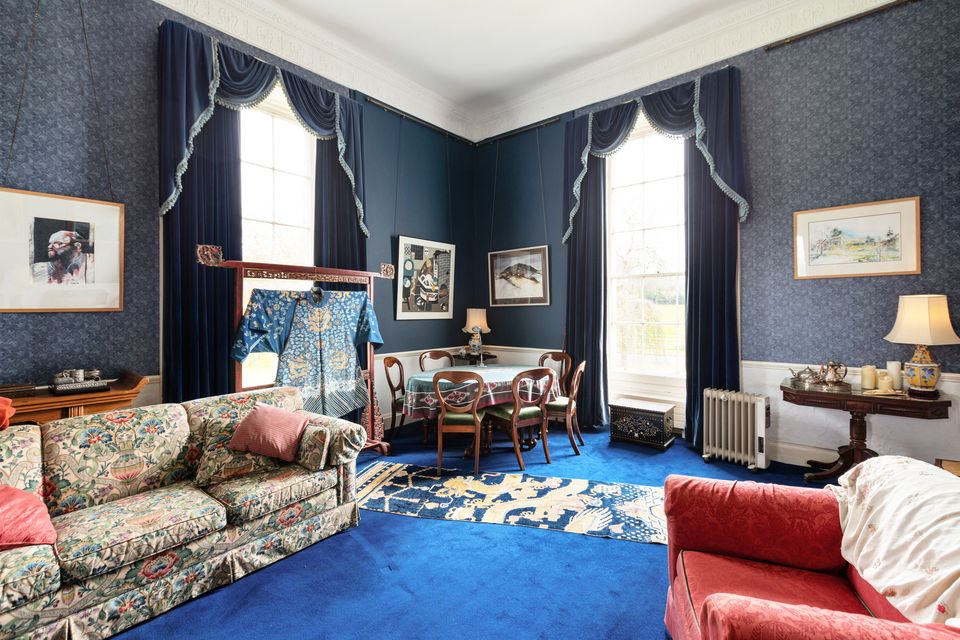
“People always said we should have had horses,” Alan says. “We never bought ponies — we just hired them instead.”
St Austin’s is for sale by public auction on May 24 with a guide price of €1.8m through QUINN PROPERTY.
This article was written by Niall Toner and can be accessed here.